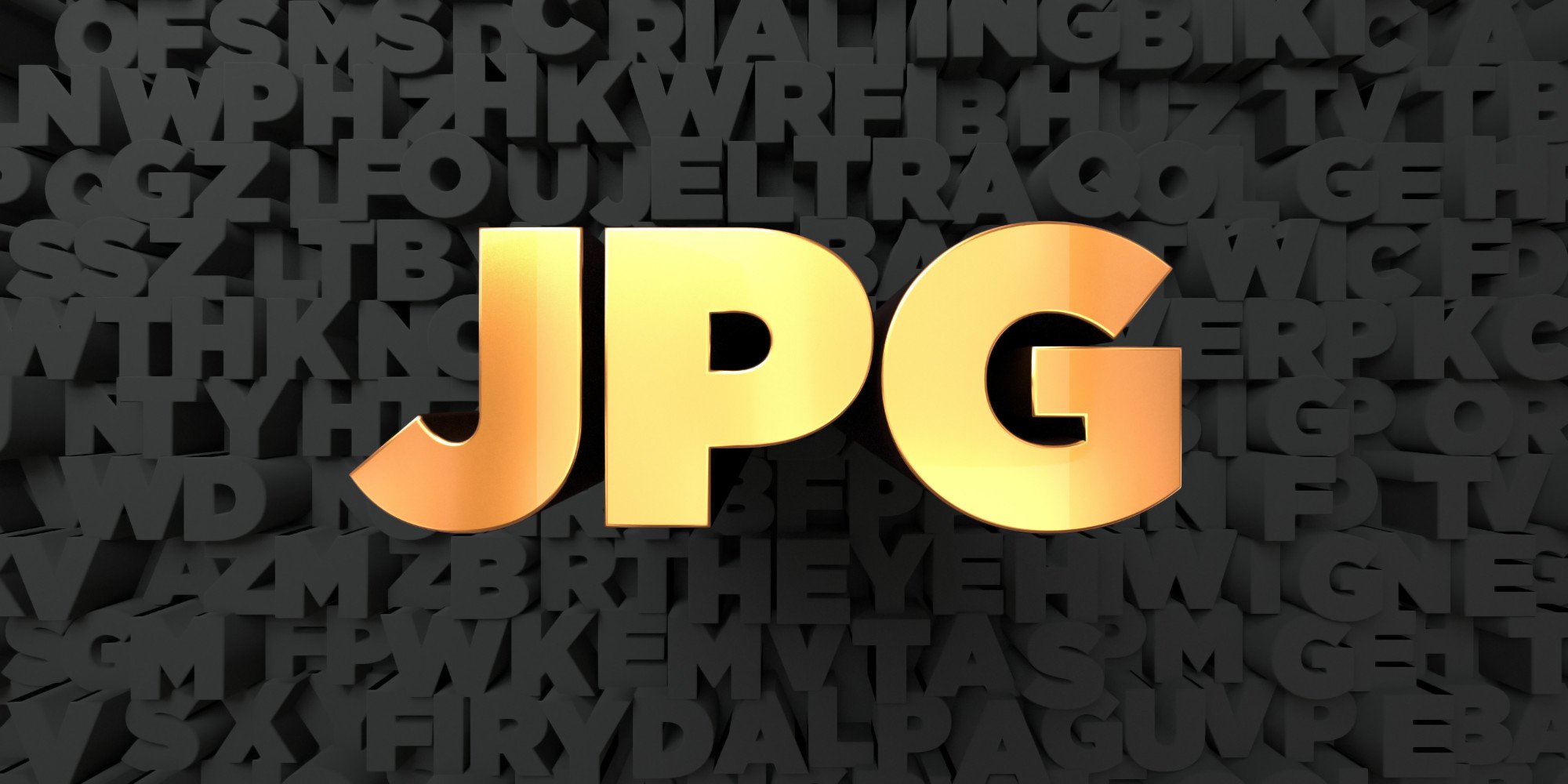Powerpoint is often the preferred method for creating slideshows and presentations. Whether you are a student or a professional, there are many advantages to using Powerpoint.
Anyone can easily put together dynamic combinations of eye-catching graphics and text using the Powerpoint program. It allows users to strategically arrange, re-size, and otherwise alter items on their page. In no time, even the tech-challenged can design high-quality slides with a powerful visual impact.
In order to view Powerpoint presentations, once must install the appropriate Microsoft software. However, if you are willing to convert pptx to jpg, your Powerpoint files instantly become sharable without installing the Microsoft program.
That’s not all. Knowing how to convert files has many additional benefits as well.
Read on to find out more about why converting pptx to jpg is an important skill you want to have!
Why You’ll Want to Know How to Convert Files From PPTX to JPG
In the business world, knowing how to convert Powerpoint files is especially important for multiple reasons. It can be helpful in business meetings, as well as communication and marketing.
There are many advantages to knowing how to convert pptx files to jpg files. Here are just some of the reasons why you’ll want to learn this valuable skill.
Anyone Can Easily View JPG Files
First of all, you can’t always assume that everyone will have the same software installed on their devices. And, even though Microsoft programs are among the most widely used in the modern world, there are plenty of people who do not have access to a basic Microsoft Office account.
In this case, converting your files will enable you to share your presentation or slides with those who may not have Powerpoint downloaded onto their computer or other digital devices.
Anyone can easily view jpg files. Although jpg files do require that the user have graphics software, this type of software is standard and accessible on practically any device without additional downloading.
Jpg files are known as the go-to image file format across the board due to its’ familiarity by all computer users. This type of file format can also be easily accessed using Android devices, as well.
Even the most basic computers and devices allow users to view jpg files with just a couple of clicks.
Jpg Files Are Sharable Across Multiple Platforms
This skill can help you to share your presentations with a larger audience using a variety of digital mediums and platforms.
If you want to share a slide on social media, instead of creating a link to your presentation, converting your file to jpg is a much easier solution. It also allows users to view the slide in its’ entirety immediately, rather than via an external link. And again, without the appropriate software, users may not be able to view your Powerpoint presentation, regardless.
Not only can you easily share a jpg file on social media, but you can also share it via text on any Android or iPhone mobile device.
You Can Create All Kinds of Visuals Using Jpg Files
One of the most popular tactics for grabbing your viewers attention is to create a meme. Luckily, there are many types of free software available that allows you to edit jpg files into interesting graphic creations.
Whether you are using Microsoft or a different type of word processing software, you can insert a jpg file into your document as well. This is yet another perk of knowing how to convert your pptx files into jpg.
Jpg Files Are Easy to Print by Anyone, Anywhere
You can also seamlessly print handouts using the jpg format to accompany your Powerpoint presentations. And, if you send jpg files to another location, anyone can print them out from their own computer or device, as well.
Perhaps you want to print your Powerpoint slides so that others can follow along during a presentation. Or, maybe you want to send your presentation to those who are unable to attend in person.
Converting your pptx files to jpg format ensures that files are easy to print by anyone, anywhere.
Multiple Jpg Files Can Be Condensed on to One Document
Perhaps you want to include several slides on one compact document.
Simply insert the converted jpg files into a word doc to print and view several slides simultaneously.
When printing, this can be an added advantage as well. For many people, the ability to save paper and ink with this method provides a substantial benefit in itself.
Converting Files to Jpg Format Is Easy & Quick
While there are many benefits to knowing how to convert files from pptx to jpg format, you might worry that it’s a difficult process. But, believe it or not, the process is actually a very simple one. And, converting your files can be done in just seconds, even if this skill is one that’s brand new to you.
Want to find out more about how it’s done? Or perhaps you would like to get started converting your own pptx files right away?
No problem!
You’ll be surprised just how easy & fast this can be done using our online image file converter. All you have to do is enter the file you want to convert to get started.
And, voila. Almost instantly, you’ll witness your own files convert to the standard image format, with practically no effort on your part.
Start here to convert your own pptx files to jpg today!









